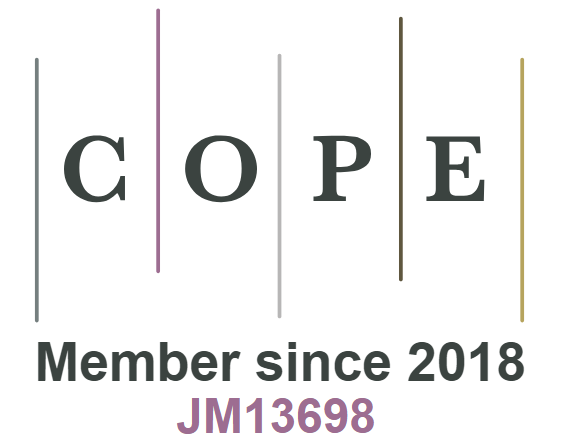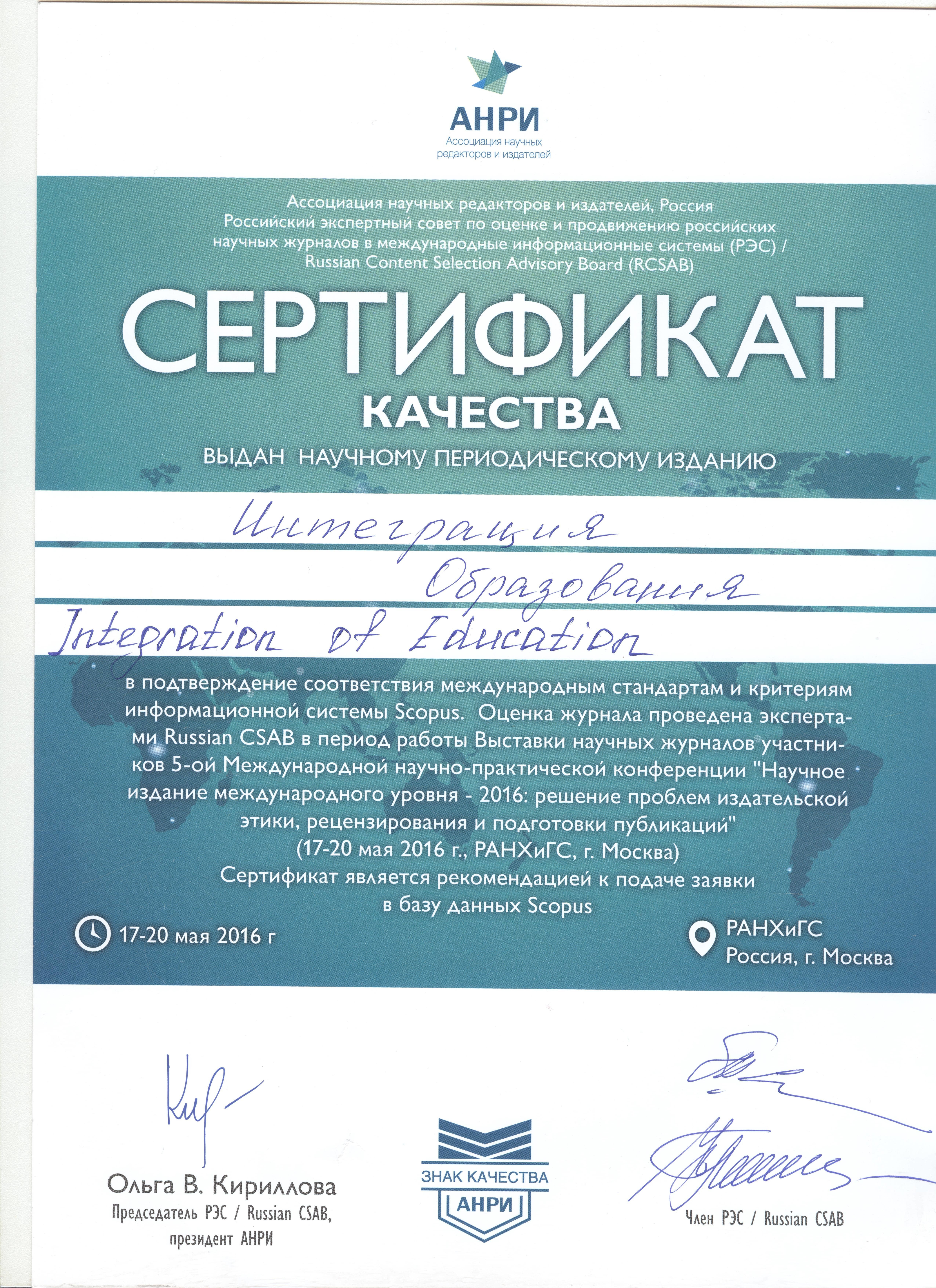UDK 159.9-053.6
DOI: 10.15507/1991-9468.099.024.202002.252-275
Safety Criteria Differences of Learners with Mental Disorders in Early and Late Adolescence as Compared to Normotypic Peers
Lidia F. Fatikhova
Associate Professor of Chair of Special Education and Psychology, Bashkir State Pedagogical University n. a. M. Akmulla (3a Oktober Revolution St., Ufa 450000, Russia), Ph.D. (Pedagogy), Associate Professor, ORCID: https://orcid.org/0000-0002-7745-2457, Scopus ID: 56458963400, ResearcherID: AAB-6207-2020, This email address is being protected from spambots. You need JavaScript enabled to view it.
Elena F. Sayfutdiyarova
Associate Professor of Chair of Special Education and Psychology, Bashkir State Pedagogical University n. a. M. Akmulla (3a Oktober Revolution St., Ufa 450000, Russia), Ph.D. (Psychology), Associate Professor, ORCID: https://orcid.org/0000-0002-3821-5045, Scopus ID: 57193270725, ResearcherID: AAB-6186-2020, This email address is being protected from spambots. You need JavaScript enabled to view it.
Introduction. Current psychological and pedagogical research considers the problem of safe behavior formation among students of different ages. It makes an attempt to establish the conditions for psychological safety type’s formation. The aim of the article is to identify readiness for safe behavior, understanding and interpretation of dangerous situations in various life spheres among early and la te adolescents with mental disorders.
Materials and Methods. The authors selected a questionnaire test by V. G. Maralov, which allows establishing types of the attitude of an individual in a dangerous situation (adequate, anxious, ignoring, uncertain); the “Scale of Subjective Well-being” screening method by G. Perue-Badu adapted by M. V. Sokolova for measuring the emotional component of subjective well-being, and the authors’ method for studying the perceptions among early and late adolescents with mental disorders and their normotypic peers of various types of danger (physical, social and informational). To confirm the hypothesis of the research a two-way variance analysis was done (Age and Mental Disorders factors).
Results. The authors identified that neurotypical early and late adolescents are able to recognize dangerous situations and feelings of such situations’ participants, predict the consequences of these dangers and suggest relevant ways to avoid them. Age impacts the development of the ability to recognize all types of dangerous situations among students with mental disorders (in late adolescence it is higher than in early one). Age influences such an indicator of subjective well-being as health self-assessment: it is higher in late adolescence than in early one. Students with mental disorders have a lower degree of ability to recognize physical and social environment danger, to predict and avoid various dangers than their neurotypical peers. Mental disorders also bear on such indicator as “Signs that com e with psychoemotional symptoms”.
Discussion and Conclusion. The article shall be of interest to researchers studying the problem of the safe behavior of young people in various situations. The results of the study can be used in further studies of the ability to recognize, predict and avoid dangerous situations by adolescents and young people with normotypic development and mental disorders.
Keywords: safety, dangerous situations, teenagers, adolescents, mental disorder, ability to recognize dangerous situations, ability to recognize feelings of dangerous situations’ participants, ability to predict dangerous situations consequences, ability to avoid dangerous situations, attitude type to danger, person subjective well-being
Funding: The study was carried out with financial support of the Russian Foundation for Basic Research (Project No. 19-013-00150) “Abilities of children with intellectual disabilities to identify and avoid dangerous situations”.
For citation: Fatikhova L.F., Sayfutdiyarova E.F. Safety Criteria Differences of Learners with Mental Disorders in Early and Late Adolescence as Compared to Normotypic Peers. Integratsiya obrazovaniya = Integration of Education. 2020; 24(2):252-275. DOI: https://doi.org/10.15507/1991-9468.099.024.202002.252-275
Contribution of authors:
Lidia F. Fatikhova – scientific management; formulation of the basic research concept; development of research methodology; data collection and evidence; conducting experiments.
Elena F. Sayfutdiyarova – empiric data statistical processing; search of analytical materials in literature; scientific literature analysis.
All authors have read and approved the final manuscript.
Submitted 20.01.2020; revised 20.03.2020; published online 30.06.2020.

This work is licensed under a Creative Commons Attribution 4.0 License.





























